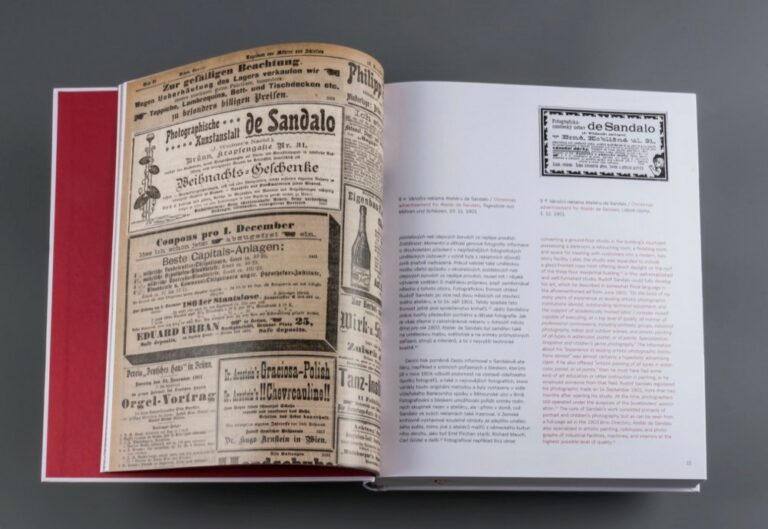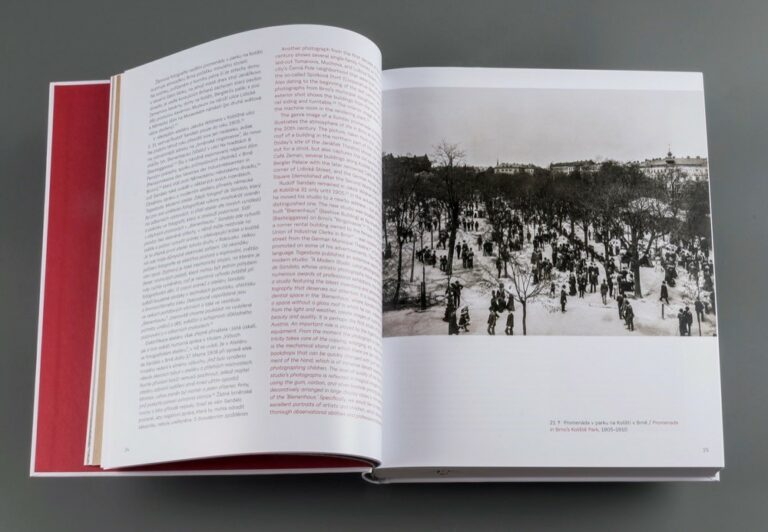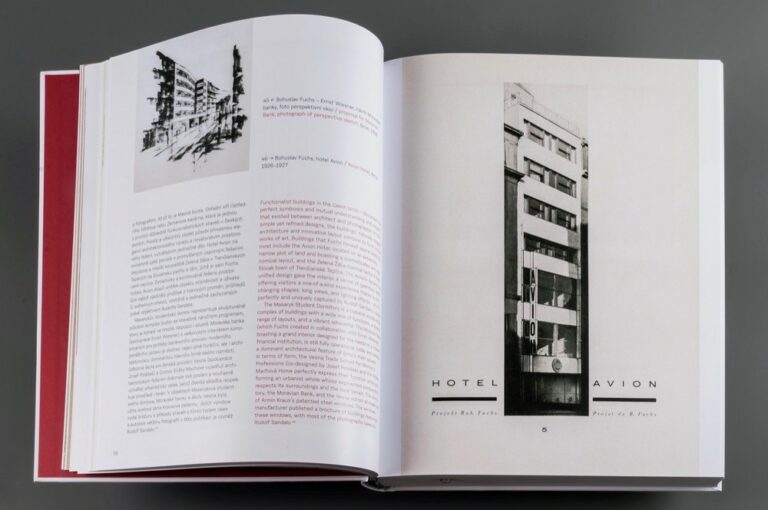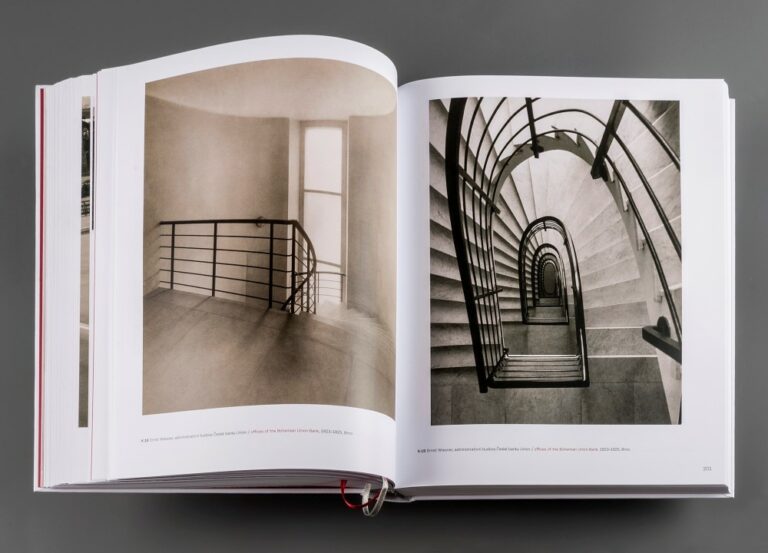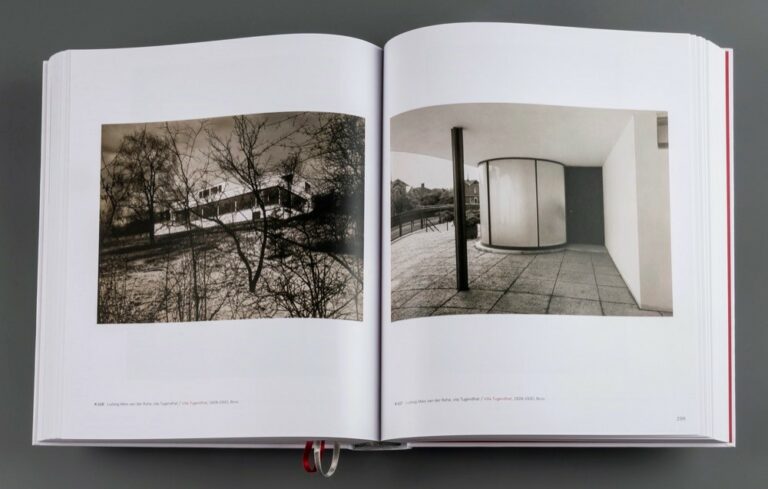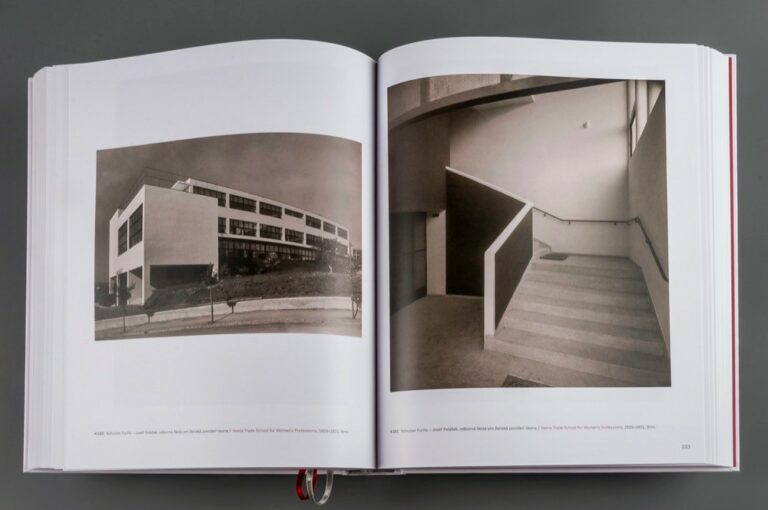CHATRNÝ, JINDŘICH; ČERNOUŠKOVÁ, DAGMAR (EDS.).
In 2018, on the occasion of the 100th anniversary of the founding of Czechoslovakia, Brno City Museum’s Department of History of Architecture organized a representative exhibition of the photographic work of Rudolf Sandalo titled Vize modernosti / Visions of Modernity. Rudolf Sandalo (1899–1980). The exhibition was the first time that the public could see many of Sandalo’s original photographic works, many of them from the museum’s collections and previously printed in publications on Czechoslovak and international modern architecture. Sandalo’s photographs are valued not only because they document Czechoslovakia’s famous interwar architecture, but also because they are excellent examples of architectural photography.
Book is currently sold out.

